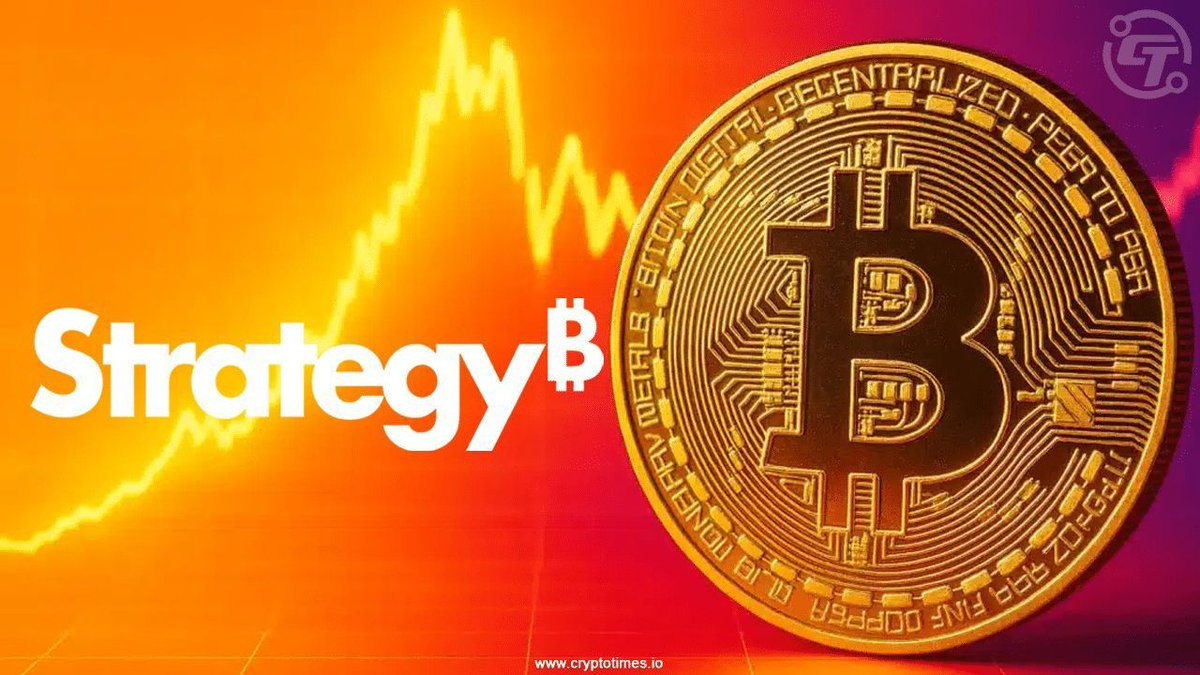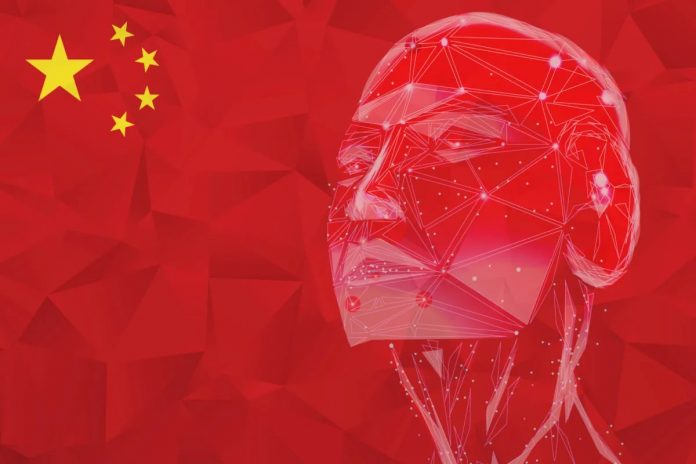As a business owner or startup founder, you’re expected to manage products, teams, operations, and finances—all at once. With so many responsibilities, it’s common to mix up the different financial services your business needs. The most common confusion?
Understanding the difference between tax accounting and audit services.
Both are essential. Both involve accounting professionals. But they serve completely different purposes.
This guide breaks down each one in simple terms so you can decide exactly what your business needs today—and what you may need as you grow.
-
What Is Tax Accounting?
Tax accounting focuses on preparing, filing, and optimizing your business’s tax obligations. It ensures your company complies with tax laws while legally minimizing your tax liability.
What Tax Accountants Do
A tax accountant helps you:
- File income tax returns (corporate or individual)
- Calculate VAT, TDS, and other tax liabilities
- Claim deductions, credits, and exemptions
- Plan taxes for future financial decisions
- Stay updated with changing tax laws
- Avoid penalties and late fees
- Maintain tax-ready documentation
In short, tax accounting ensures your business pays the correct amount of tax—not more, not less.
When You Need Tax Accounting
Most businesses need tax accounting services:
- When filing annual or quarterly taxes
- When navigating complex VAT rules
- When applying for tax refunds or credits
- When setting up a business structure
- When planning expenses for tax efficiency
If compliance and tax savings are your concern, you need a tax accountant.
-
What Are Audit Services?
Audit services are an independent review of your financial statements to verify their accuracy and compliance with accounting standards. An audit evaluates whether your financial reports present a true and fair view of your business.
This is very different from tax work.
What Auditors Do
Auditors focus on:
- Verifying the accuracy of financial statements
- Checking internal controls
- Testing transactions and balances
- Ensuring compliance with GAAP/IFRS
- Confirming that reports are free from major errors or fraud
- Issuing an audit report for stakeholders
Audit services are about trust, transparency, and financial credibility—not tax calculation.
When You Need Audit Services
You may need an auditor when:
- Investors request audited financials
- Banks or lenders require them for loans
- Regulations mandate statutory audits
- You’re preparing for fundraising or acquisition
- You want to strengthen internal controls
- You need independent assurance about your financial health
If you want financial accuracy, investor trust, or regulatory compliance, you need an audit—not just tax services.
-
Tax Accounting vs. Audit Services: Key Differences
Here’s a quick comparison founders can use to avoid confusion:
| Feature | Tax Accounting | Audit Services |
| Purpose | Filing taxes, reducing liability | Verifying financial accuracy |
| Focus | Tax laws and regulations | Accounting standards and controls |
| Performed By | Tax accountants, CPAs, CAs | Independent auditors |
| Outcome | Tax returns and tax savings | Audit report and financial assurance |
| Review Level | Looks at taxable income | Looks at full financial statements |
| Frequency | Annual or quarterly | Annual or as required |
| Goal | Compliance & tax optimization | Transparency & investor confidence |
Tax accounting keeps you compliant with tax authorities.
Audits keep you accountable to investors, lenders, and regulators.
-
Why Founders Often Confuse the Two
Many founders assume:
- “My tax accountant handles my audit.”
- “If my taxes are filed, my financials must be correct.”
- “An audit and tax report are the same.”
None of these are true.
Here’s why confusion happens:
- Both involve financial professionals
- Both require documentation
- Both happen annually
- Both involve reviewing numbers
But the intent, scope, and outcome are completely different.
- Which Does Your Business Need Right Now?
If your primary concern is:
- Filing company taxes
- Managing GST/VAT/TDS
- Planning deductions
- Meeting tax deadlines
You need tax accounting.
If your primary concern is:
- Preparing for investors
- Getting a bank loan
- Meeting statutory requirements
- Ensuring financial accuracy
- Improving internal controls
You need audit services.
Many growing businesses need both.
Tax accounting ensures compliance.
Audit services ensure credibility.
Together, they strengthen your financial foundation and prepare your business for long-term growth.
-
Why Ignoring Either One Can Hurt Your Business
Skipping proper tax accounting can lead to:
- Penalties
- Interest charges
- Tax notices
- Incorrect filings
- Cash flow problems
Skipping audit services can lead to:
- Investor mistrust
- Delayed funding rounds
- Compliance risks
- Weak financial controls
- Inaccurate financial statements
Both services protect your company—just in different ways.
Conclusion
Tax accounting and audit services are both essential parts of a growing business’s financial health. While tax accounting keeps you compliant and helps you save money, audit services build transparency, strengthen internal systems, and improve trust with stakeholders.
Understanding the difference ensures you get the right support at the right time—and avoid costly mistakes.
If your business is scaling, expanding, or seeking investment, now is the perfect time to evaluate your tax and audit needs separately and set up a stronger financial foundation.






